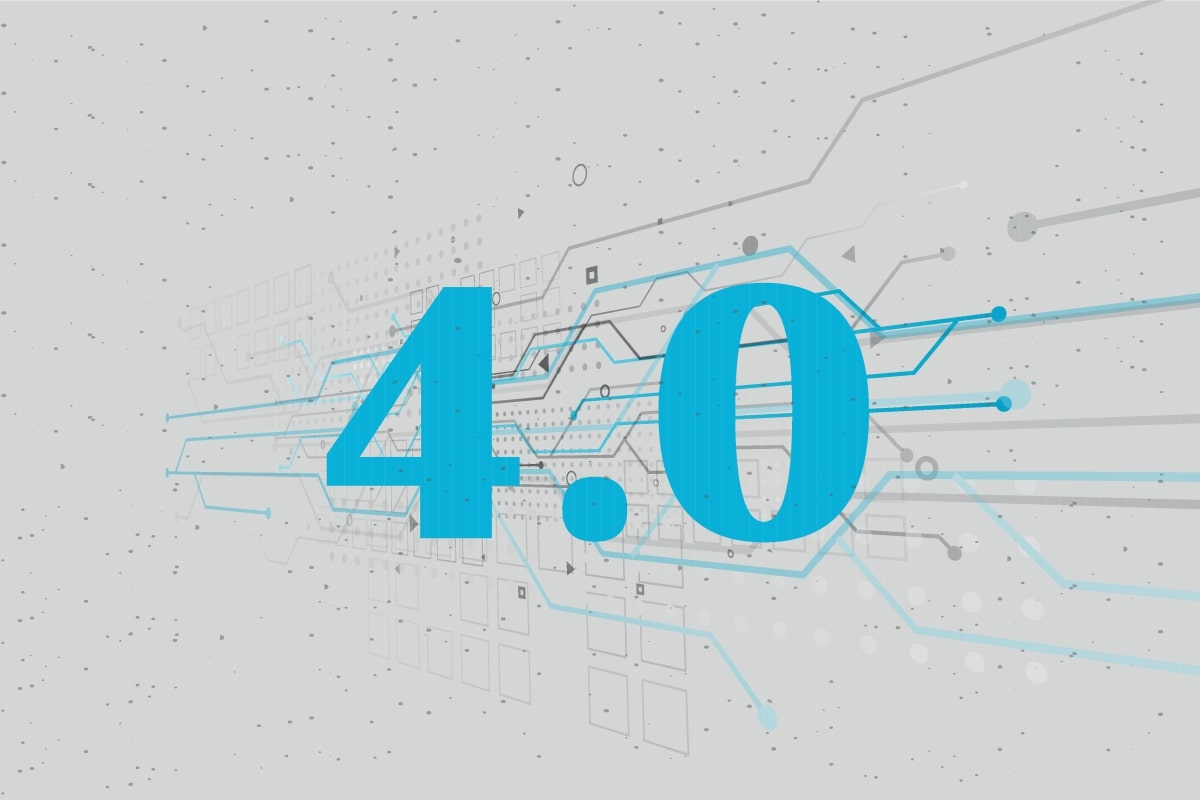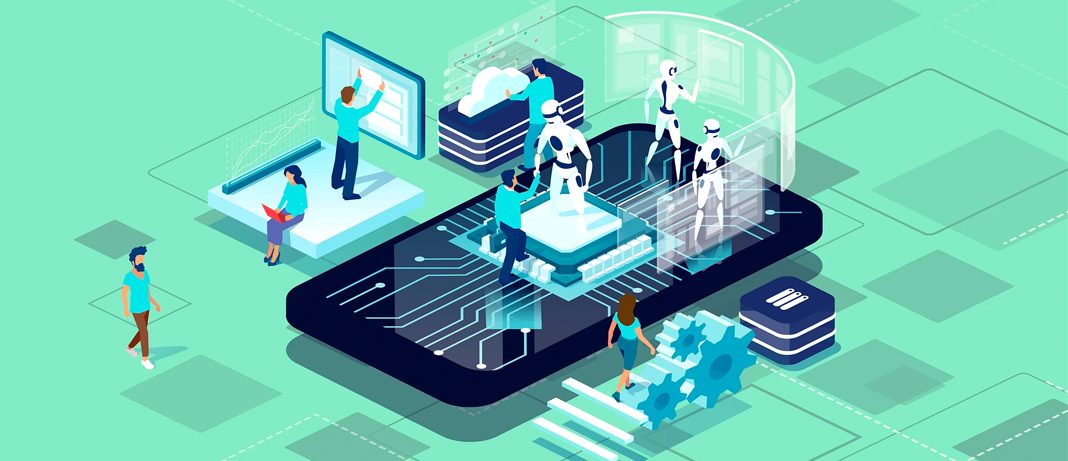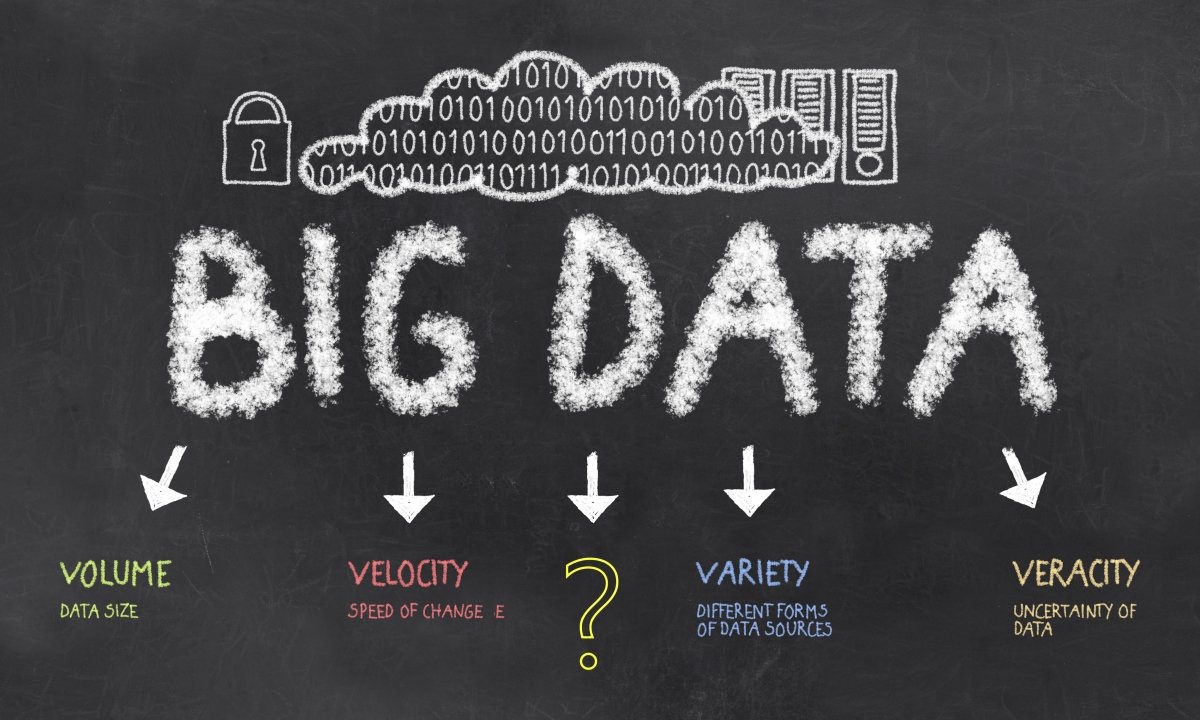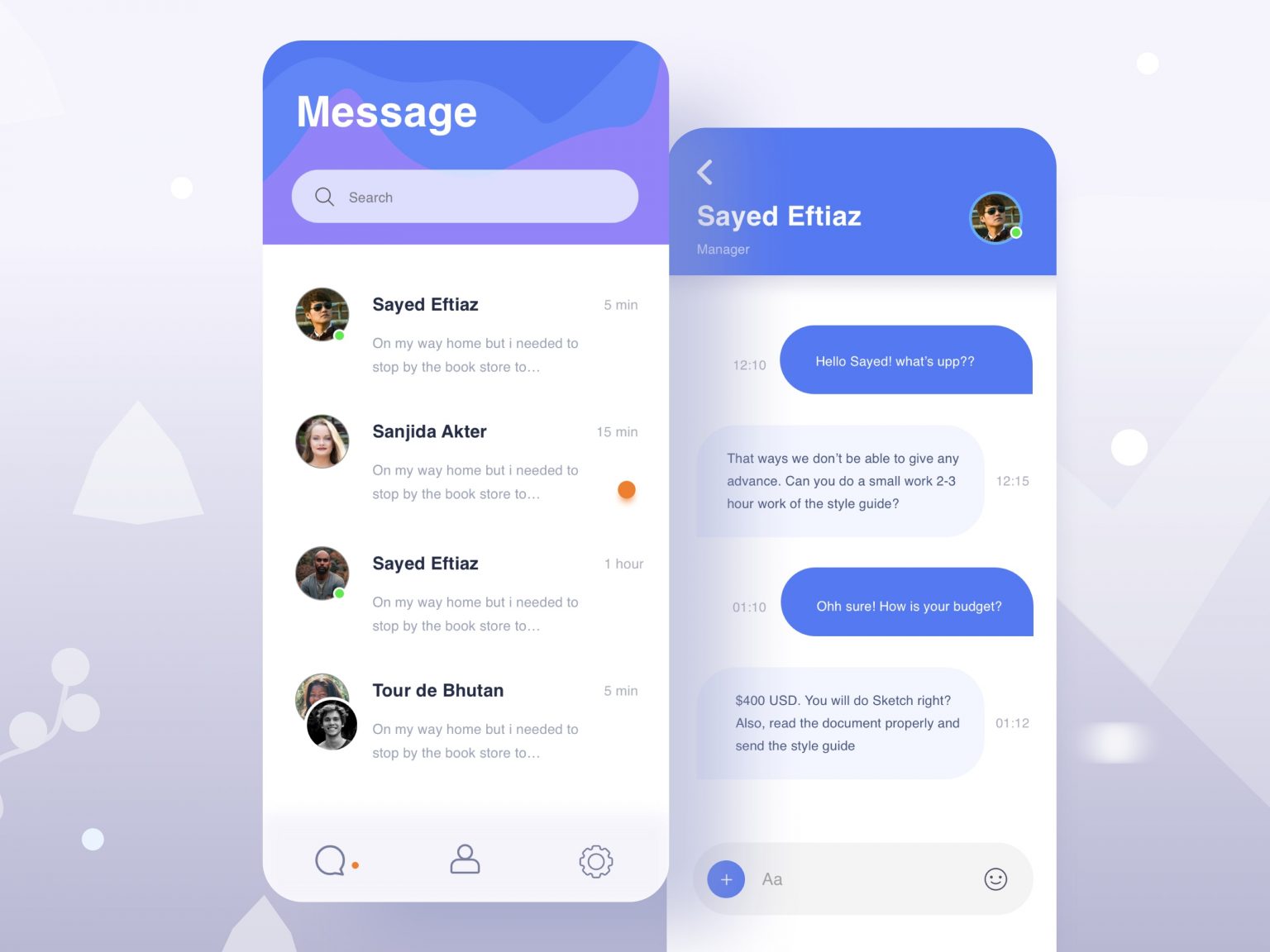In this Marketing 4.0 race, businesses have to be flexible in all aspects, even its business resources. If not, they would not be able to compete, and definitely are left behind. Marketing 4.0 is a brand new marketing methodology, which allows businesses to balance online and offline interactions with their customers. That also means businesses have to take action today, change the way they approach their customers, analyze their customers’ demands, product marketing and sales staff to meet the current trend. Marketing 4.0 is often associated with the Internet, from choosing the appropriate advertising channel, building business resources such as websites, social or satellite websites, to the milestone of the 4P movement toward 4C.
Internet of Things (network of physical objects)
That is the combination of the Internet, micro electronics and the wifi technology. The internet helps connect the supporting devices from your working environment to daily life (mobile phones, laptops, computers, smart microwaves, auto-pilot cars,…) with the human being, collecting and transmitting data in real time through the one and only Internet network.
Cloud (the cloud-computing technology)
Based on the computers’ technology and the Internet, it allows users to access data storage related services from a certain provider. Users don’t need to store information on their machine, all the resources will be stored, organized and processed on the provider’s system. Google Analytics, Office 365, YouTube, Facebook,… are examples of cloud storage services. In addition, automatic marketing is working based on cloud computing, and aims to save time and optimize your business resources.
The marketing 4.0 trend
With the rapid growth of the Internet and current technology, people’s networks can be widened and the “flat world” concept becomes much clearer. That also means the customers are getting more powerful and choices. Hence, businesses have to change their own mindset on sales and marketing to fit the situation.

With the rapid growth of the Internet and current technology, people’s networks can be widened
In the book “Marketing 4.0: Moving from Traditional to Digital”, “the ancestor” of marketing Philip Kotler has also mentioned about the movement from Marketing 4P to 4C.
If in the traditional 4P includes:
- Product
- Price
- Promotion
- Place
In Marketing 4C, it has the following corresponding elements:
Co-creation
Co-creation – is based on community’s knowledge, experience, demands to create input information for businesses. Co-creation can be perceived the most in tech companies, where they always have a group of users online on a daily basis. They have knowledge as well as experience with the products, meaning they know which features to be improved and developed. From there, the R&D department of the business would based on those suggestions from the daily users to improve their products. Businesses have to be selective on whether or not these information are beneficial, this would help them to save the human resources on their researching and development process.
Currency (Pricing evaluation)
A prominent example is the price evaluation of Uber and Grab. Usually when commuting with the traditional taxi transportation, their price is stable no matter what the weather is. Grab and Uber’s pricing evaluation is quite flexible and fluctuating depending on the market demand.
If the demand is greater than supply at the moment, the price would naturally shoot up. Looking at the flexible pricing capabilities, we understand that price would not always be higher, but also stay lower at times. Customers would receive a discount if they have been supporting the services/products for a certain period of time.
Therefore, with the same kind of products but its price can be evaluated flexibly, depending on who the target customers are. As a matter of fact, the initial cost in converting a new customer would be much higher in retaining old one. Therefore, the pricing evaluation based on the Currency model is extremely fascinating.

The pricing evaluation based on the Currency model is extremely fascinating
Community (Community activation)
After relying on the first C, Co-creation, depending on the information generated from the community to suggest improvements, new products, we also have to revisit your community. As the products are resulting from community suggestions, they will be the ones who are willing to favor the new products. This community would initiate the very first users, gradually influencing the other communities to follow.
Conversation (Discussion)
Discussions unintentionally become a completely free advertising channel. Customers discuss with each other, share their product experiences. The information would be able to travel within their peers, or get suggestions from. This is an advertising channel for your business.
Big Data – Marketing 4.0 User Portrait
A challenge in the digital era is having contact points (or channels) to reach out to your customers. If you cannot “draw” your user portrait, it is similar to being blinded and immersed in the communications, having your marketing campaign cover on all channels such as Facebook, Instagram, Pinterest, email, etc… This results in such high marketing cost while not getting adequate effectiveness. You have to understand what are the channels that are suitable for your products, which messages can be sent out at which time. Big Data helps you to follow your user footprints, have your users portrait to identify which direction would be beneficial for your business.

Big Data is a huge and complex database
Big Data is a terminology of large database and complex that normal computers system might not be able to process. It consists of:
- Analyze
- Collect
- Data monitoring
- Search
- Share
- Store
- Transmit
- Observing
- Query
- Privacy
The Marketing 4.0 funnel – Identify and purchasing behavior of customers
The difference of digital marketing 4.0 is how it helps businesses to always own all resources from their customers, know where their customers are in the funnel and to have an appropriate approach to them. Customers who have already identified your business brand would be stored and “re-use” for later.
On the other hand, if you are unable to generate your customers data, businesses may be able to send out contents that suit different types of customers. “If there is content applied to all, you might lose numerous opportunities. On the contrary, if you know who your customers are, you can push the right content at the right time to the right people.
Owning a Big Data trend
The nowadays trend is owning your own Big Data within your business:
- eBay uses 2 data centers to store queries, searches, and suggestions for customers on their product information.
- Facebook manages billions of pictures uploaded from their users
- YouTube or Google has to save all queries and videos of users as well as other related information.

The nowadays trend is owning your own Big Data within your business
Big Data benefits
The main benefits that big data brings along are:
- Cost reduction
- Time saving
- Increase development time
- Optimize products
At the same times, it helps people to make decisions. Big Data provide data for you to analyze your customers’ hobbies and habits, helps your business to sell even more products. This source of data is generated from customers behavior while surfing through your website.
For example, when you are online shopping with eBay, Amazon or any other familiar website, these pages would give out suggestions on related products that you have been searching for on their website. If you have previously searched for running shoes, you would receive suggestions of running gears, sport bottles, etc. on your screen.
AI applications in Marketing
AI (Artificial Intelligence) is a technology that is programmed for a machine in capable of:
- Learning (collect and apply information processing standard)
- Analyze (come up with the correct/nearly correct forecasts and conclusion)
- Self-editing

AI (Artificial Intelligence) is a programmed technology for machines
Program “intelligence” for machines
Target – a top retailer in the US, had applied AI to analyze the big data, help categorizing their customers based on the population data, past purchased products, their online behavior,… From there, they find the “likely going to be pregnant” woman group to advertise baby related products.
AI allows websites to suggest appropriate products/services for their customers’ demands, or allow customers to search for products by voice recognition and pictures.
AI helps optimize personalization in marketing activities: provide corresponding advertisements at the right moment to generate the most conversion rates of your customers.
“Automatic chat” with users
Chatbox – a “chat” tool that automatically interacts with users (on Facebook, website,…) is an example of an AI application, to self-identify the meaning of a sentence based on a group of keywords, synonyms to have an appropriate answer that has already been programmed.

Chatbox – a “chat” tool that automatically interacts with users is an example of an AI application
Customers exist parallely in both the online and offline world. Marketing 4.0 does not tarnish traditional marketing, it actually creates a connection between the online and offline, connects the larger circle of “customer – business – society”, helps the customer experience to be transparent and consistent. At South Edge Digital, we are always up-to-date with the trend and the constant change to adapt with the modern world. The flexibility is what all businesses have to be in this Marketing 4.0 era, to be successful in all marketing strategies, South Edge Digital has built a diverse and professional resources system from the extensive number of satellite websites. We have earned our agility, competitive advantages to stay adaptable in any circumstance, which becomes essential in order for South Edge to stay successful in the industry.



